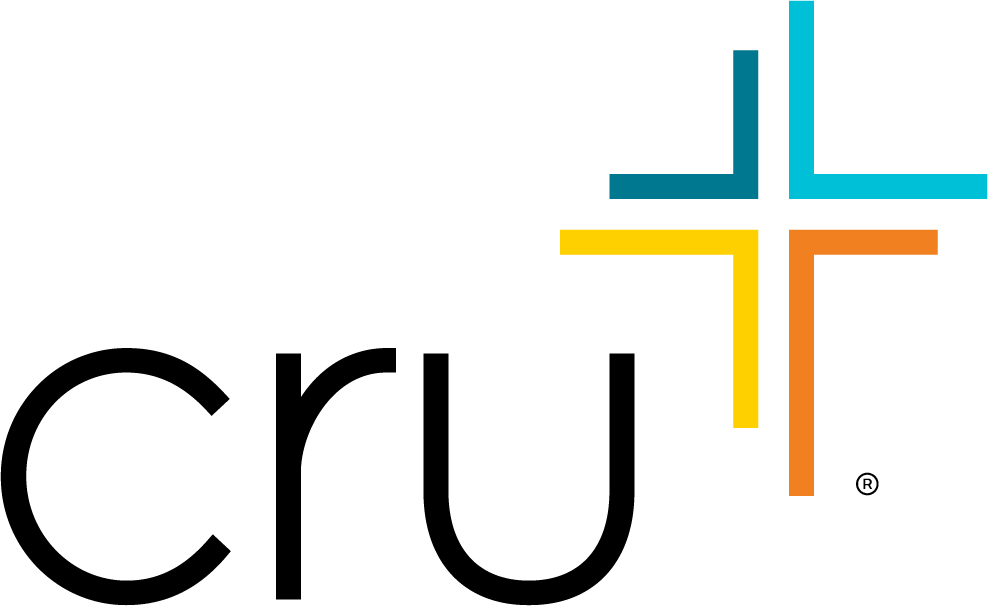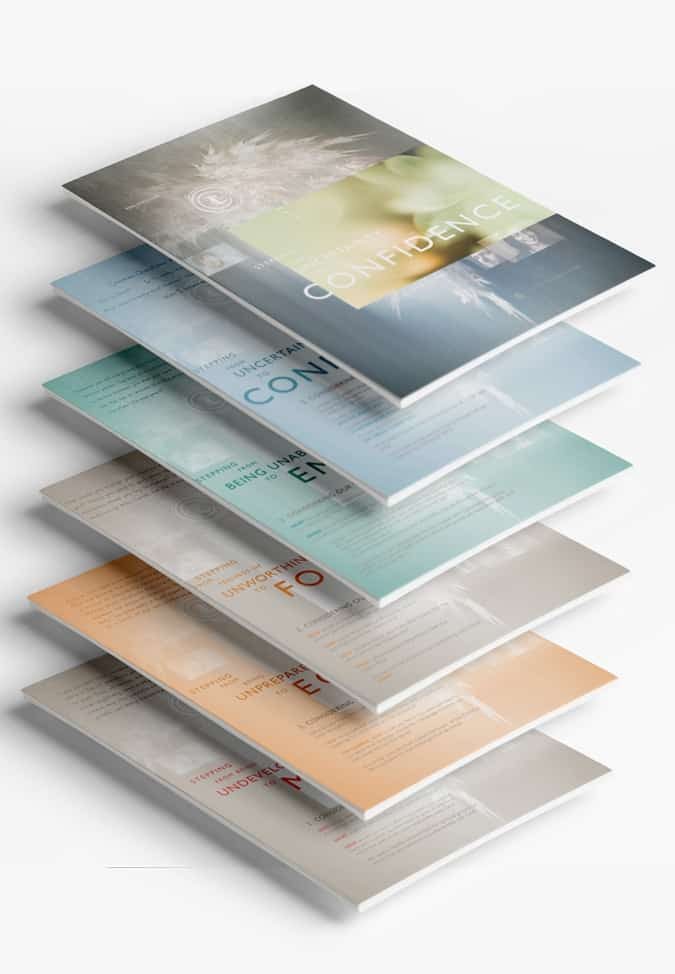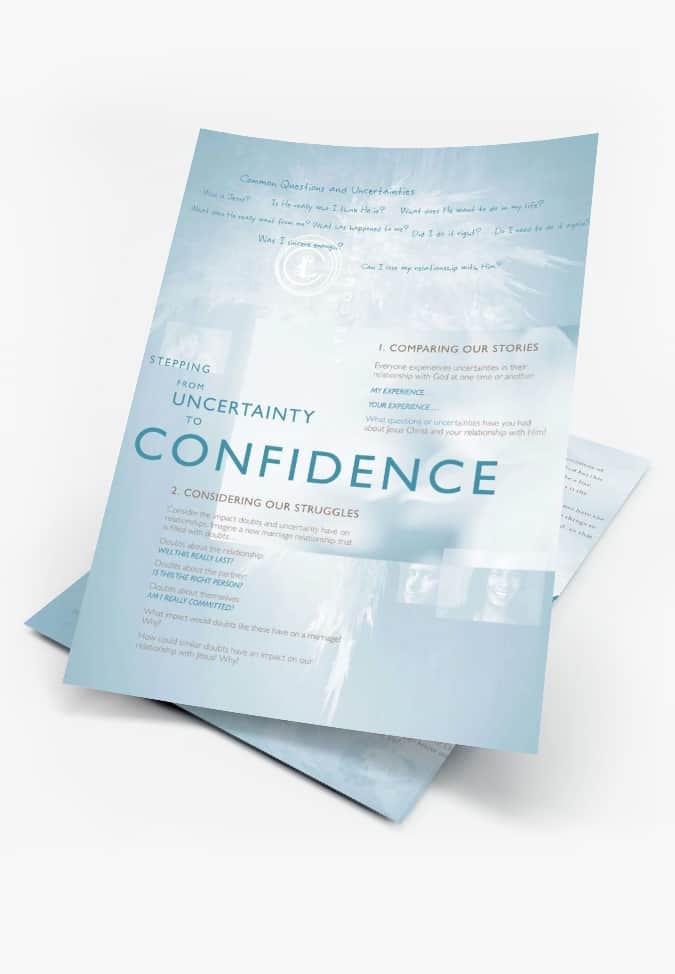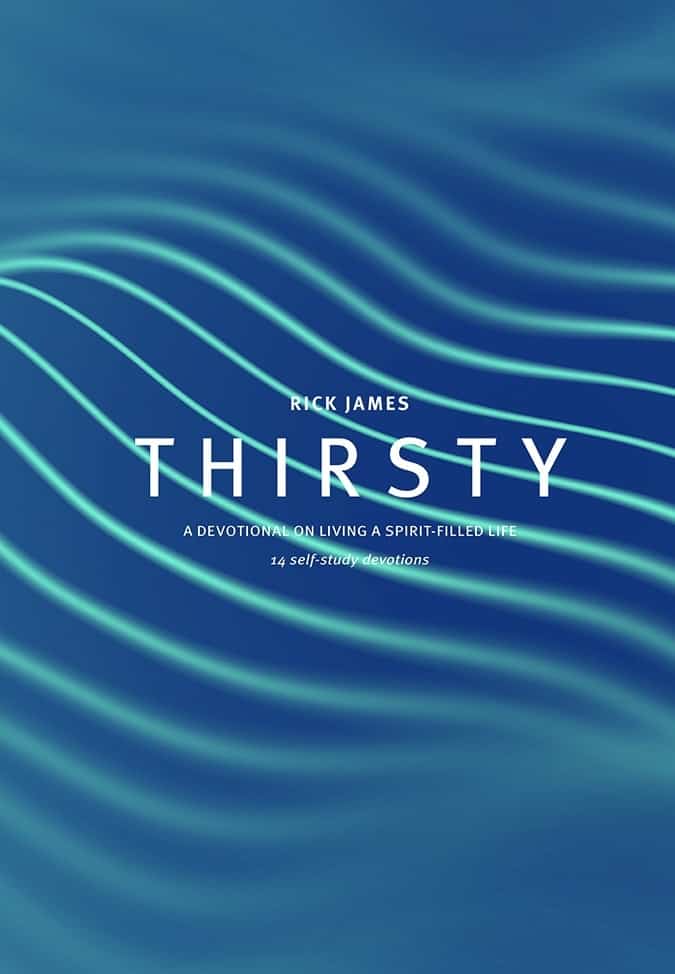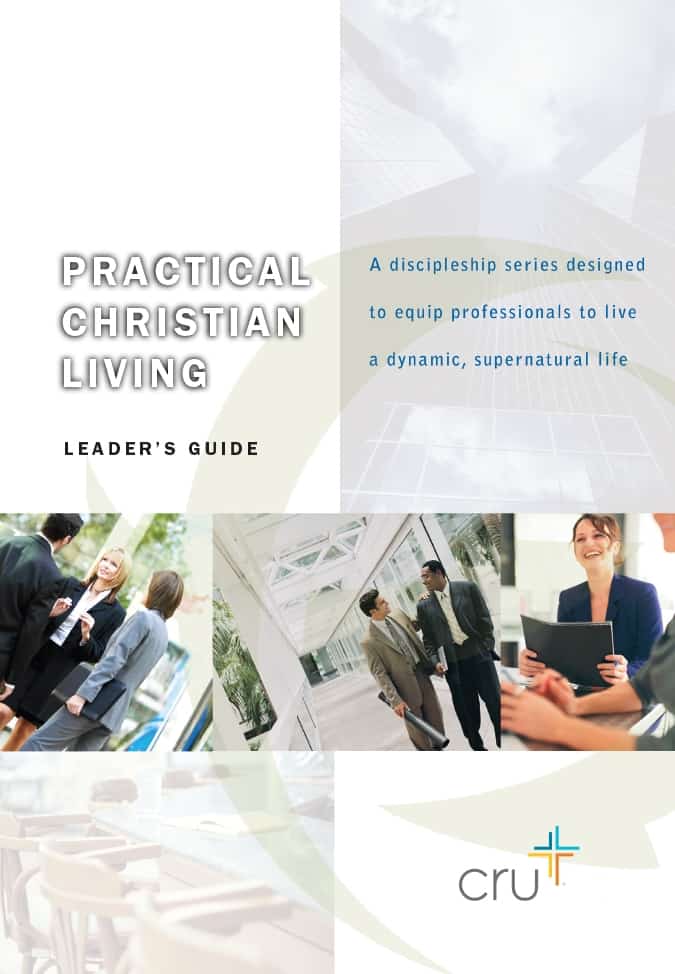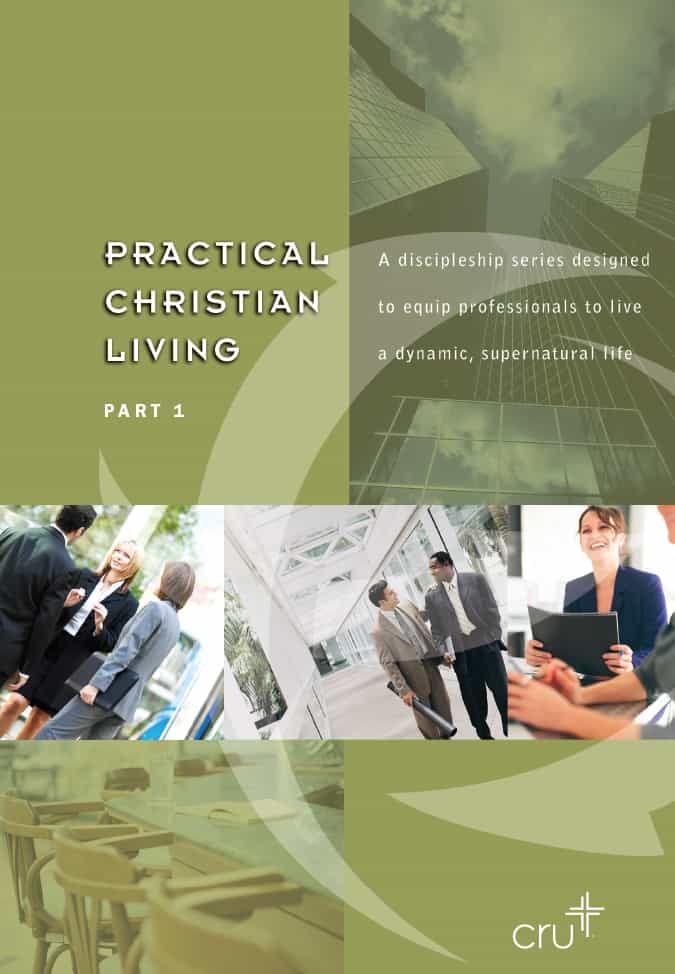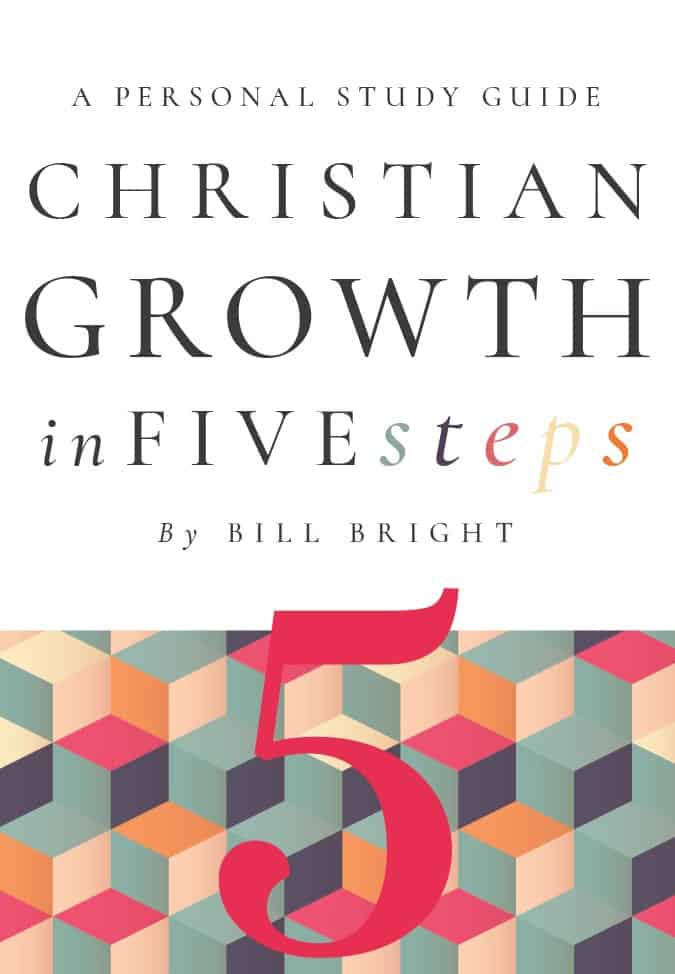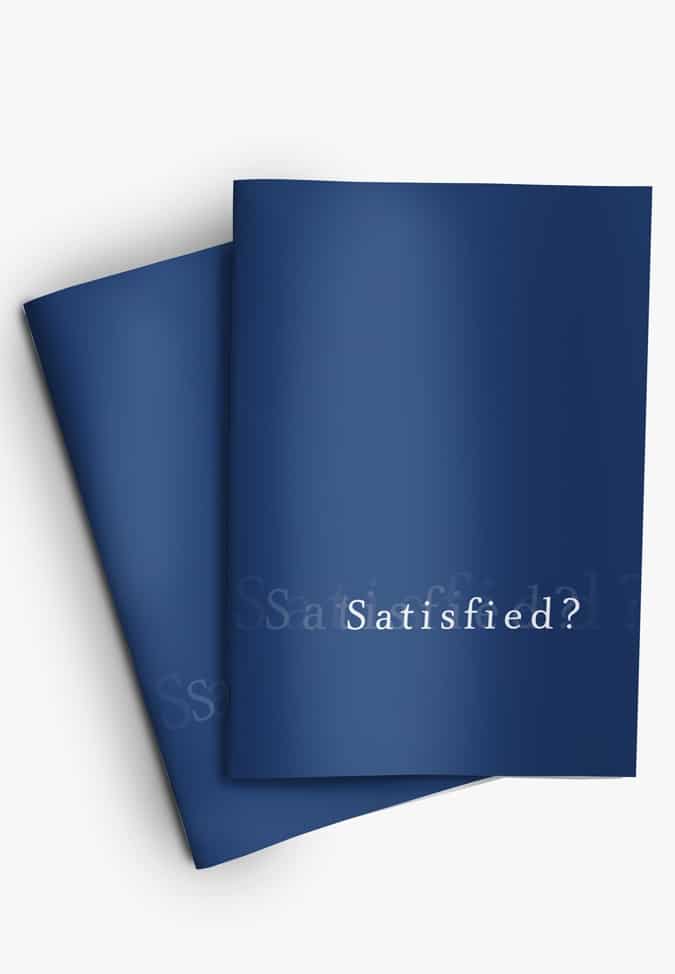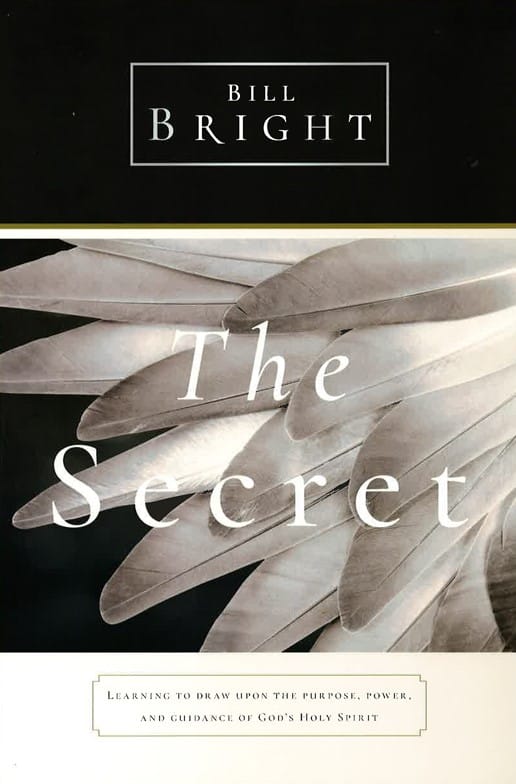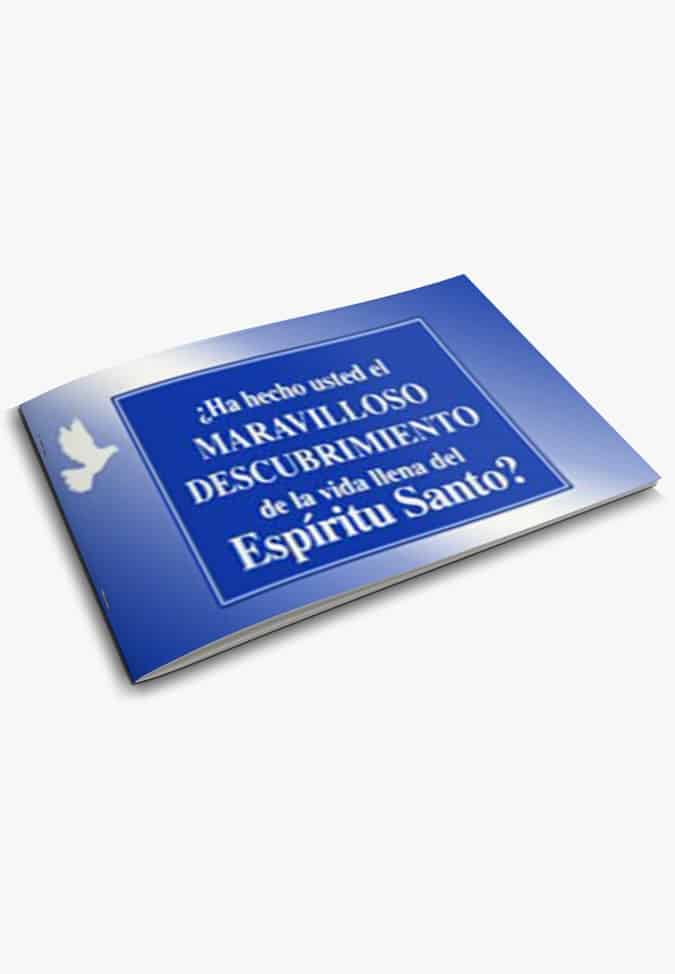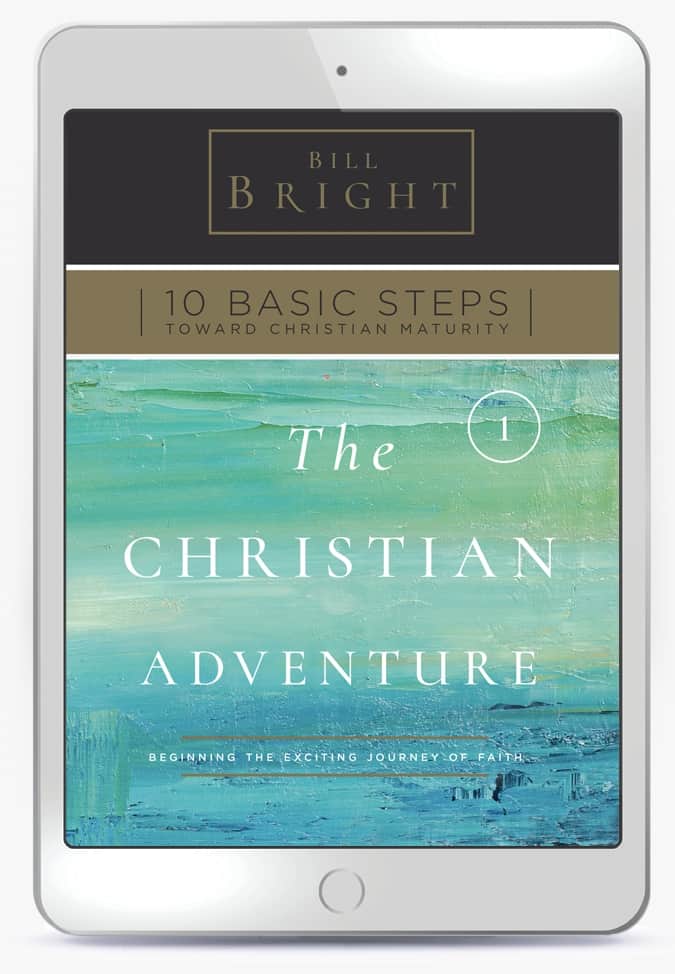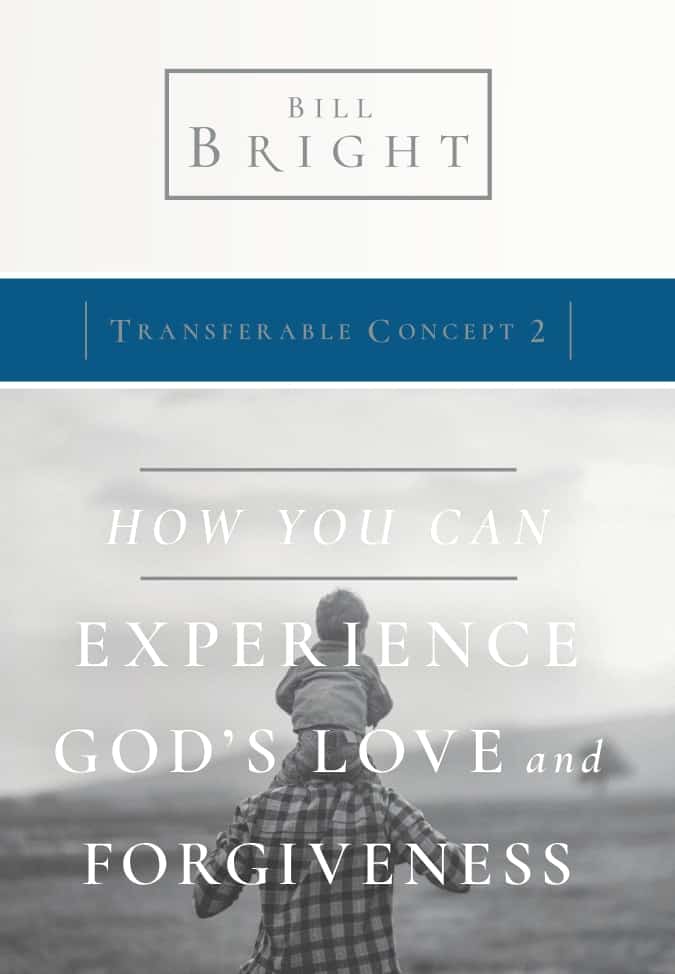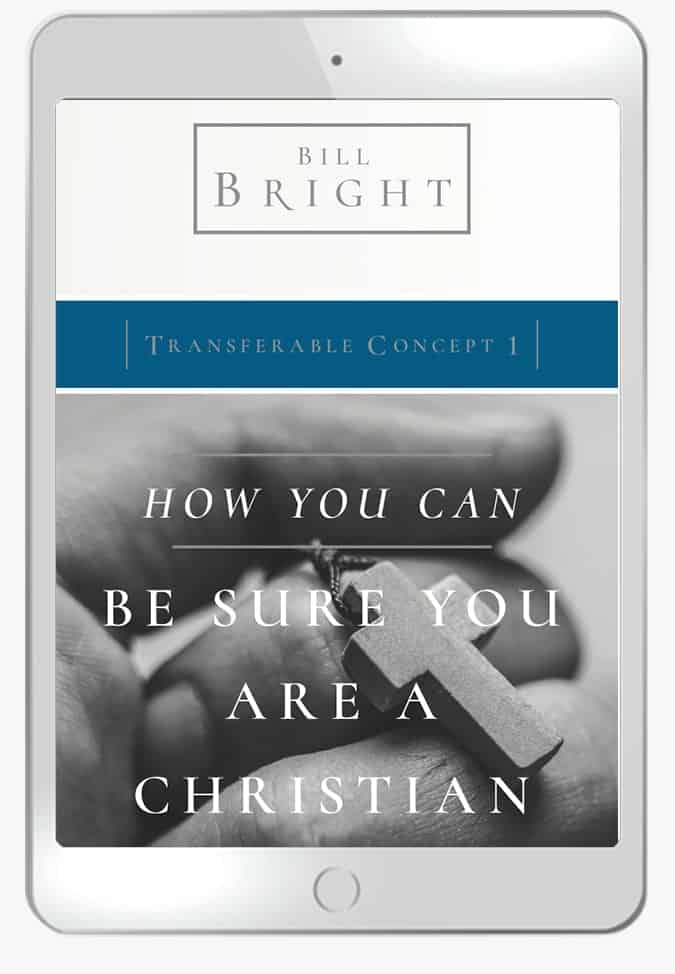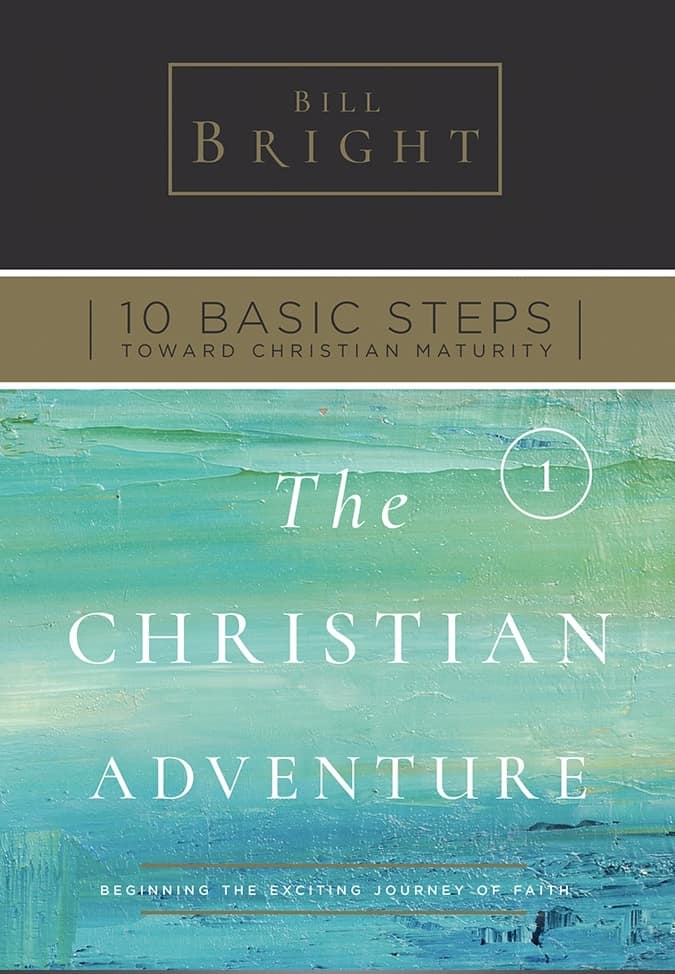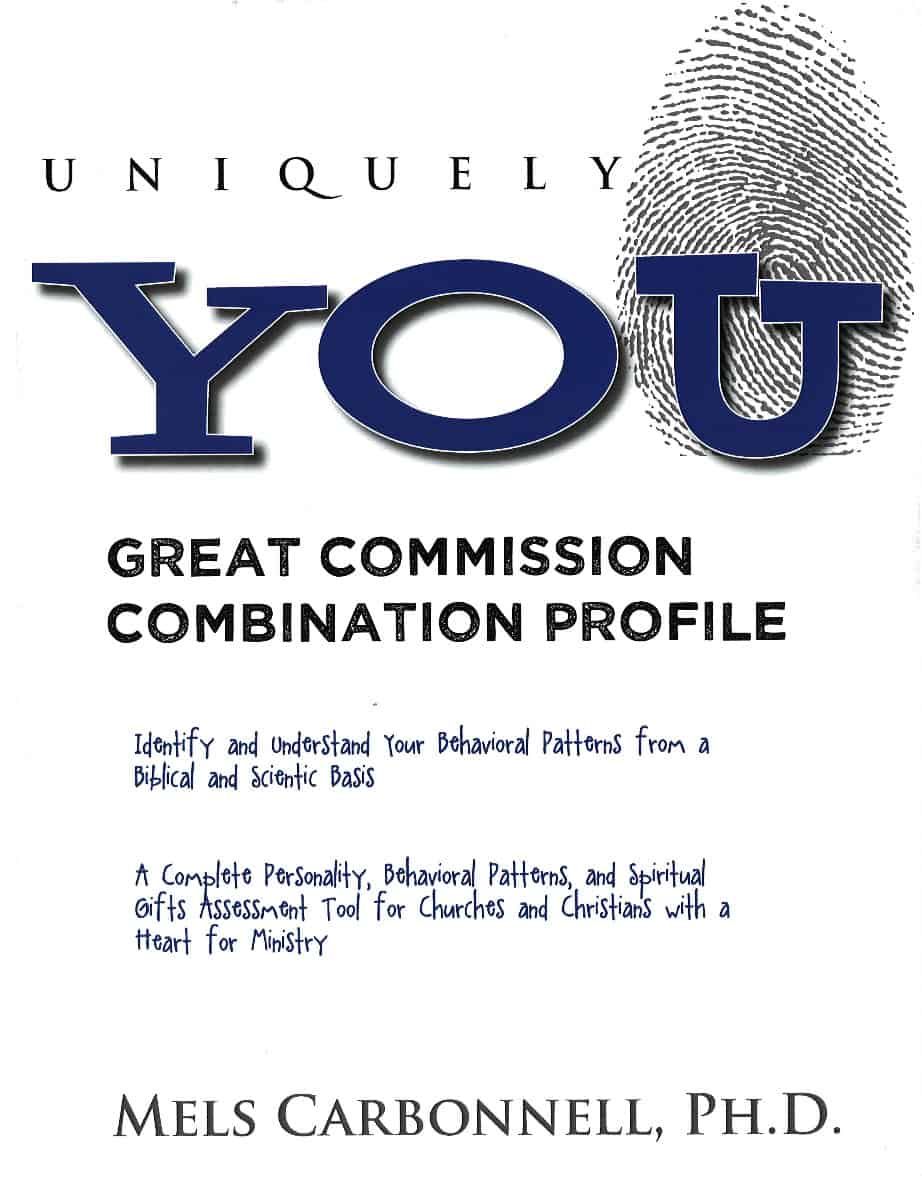Creating Art for a Creative God

“Art has purpose from God’s design,” says Leigh Ann Dull, “one of those purposes is to open people’s hearts and minds, to open the shutters of their heart to a Creator.”
Leigh Ann has been a staff member with Cru for 26 years, and her passion for art and faith compelled her to start an Artist Residency program for emerging artists.
The program is called Transform Artist Residency and is based in New York City. Artist residents commit a year to two years developing their art, while engaging with other artists, seeking to bless the city through their art form and being equipped to live missional lives as artists.
Transform started with interns through the campus ministry, but as it developed it became clear that it was best for them to be under the city ministry of New York because they seek to engage multiple segments of culture through the Transform program.
Their desire is to create an artist residency program that partners with other ministries in Cru and outside, allowing art to filter into all segments of culture. Transform is connected to the campus ministry through the Tribeca Art Summer Project started in 2005 and since 2011 partners with campus and with Here’s Life Inner-City.
Leigh Ann is able to connect with artists all over the world and often hears similar sentiments. There seems to be something special about artists connecting with one another, especially on both an artistic and spiritual level.
Leigh Ann, along with the Tribeca Project, created a tool called Soularium developed by artists for artists, to use during the summer projects. The tool consists of 50 photographs printed on individual cards to help facilitate discussion about life desires and spirituality.
“If we don’t think art engages the soul, we’re out of touch.”
“If we don’t think art engages the soul, we’re out of touch,” says Leigh Ann.
Soularium has been so effective in connecting others that it is now used throughout Cru Campus Ministry, for everyone, not just artists, and around the world. At least 15 countries have developed their own indigenous versions.
The artist residency is broken into three components: developing their art, utilizing their gifting to bless the city, and equipping them, so that as they follow Christ, as Leigh Ann says, they’re “living missional lives.”
Leigh Ann and the intern coordinator team work individually with each artist resident, making the residency unique to each one.
Leigh Ann believes that development should reach beyond the boundaries of traditional ministry and into every part of a person’s life. “Let’s develop them into who God’s created them to be,” she says. “We will function better in life and ministry when we are developing every part of who we are.”
“We will function better in life and ministry when we are developing every part of who we are.”
When it comes to developing the areas of personal relationships, Leigh Ann helps each person figure out how to best utilize their gifts to bless the people of New York. This looks different for each artist resident.
One of their artist residents spends time at a house on the lower east side where he sits and draws portraits of AIDS victims while engaging in conversation with them. Another artist resident is volunteering her time working in a Brooklyn private school that cannot afford an art teacher, teaching art.
Leigh Ann is encouraged to see the artist residents living missionally, seeking meaning in their artistic work as they form new relationships.
“People often think that everything has to go straight to the gospel,” she says, “so art becomes utilitarian instead of seeing art for its intrinsic and creative value. This utilitarian approach can hinder us and keep us from relating to people and culture.”
Leigh Ann hopes the residents will see more of the intrinsic value of their art and who God has created them to be.
The residency is more than brush and pallet, pencil and paper. “It’s life,” she says. “It’s missional living. It’s kingdom living.”
For more information, contact Leigh Ann.






